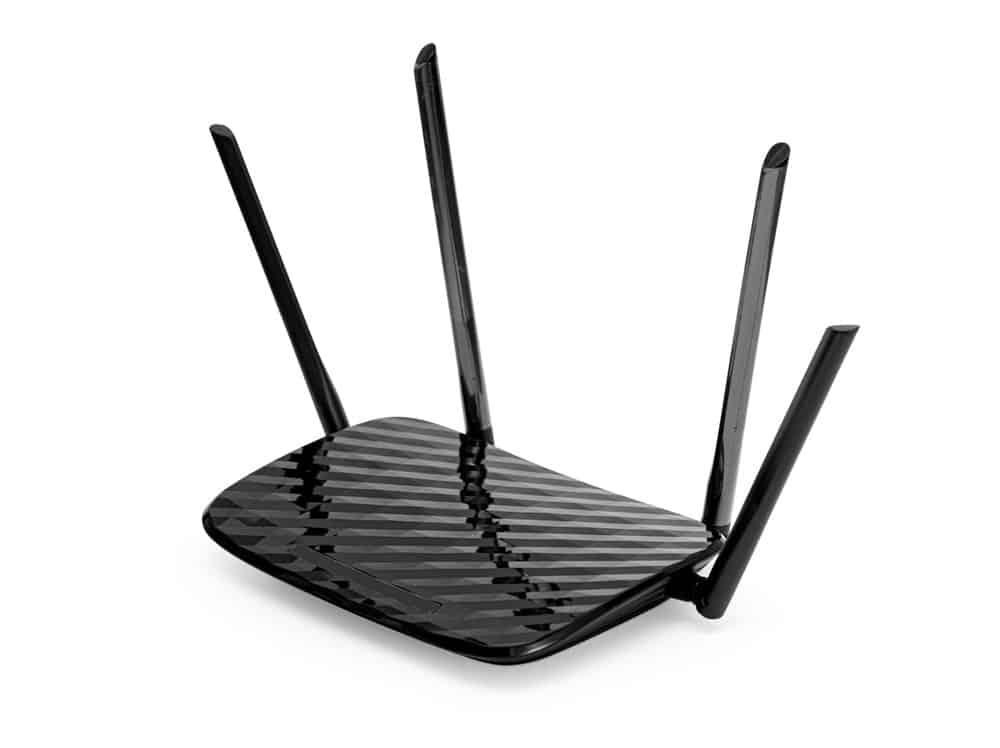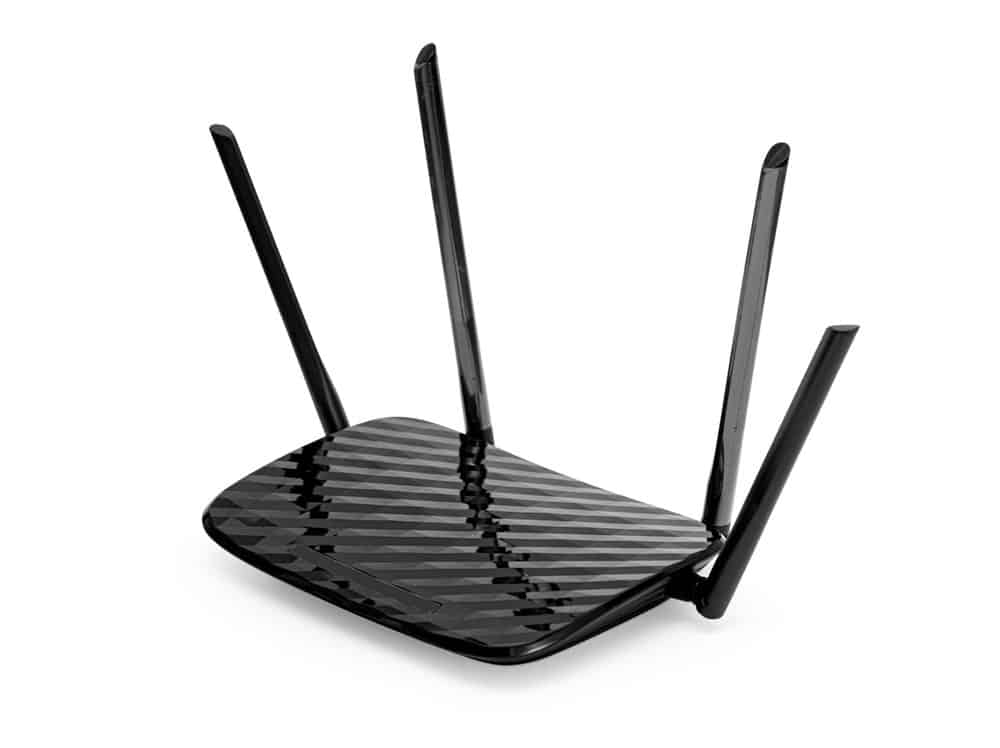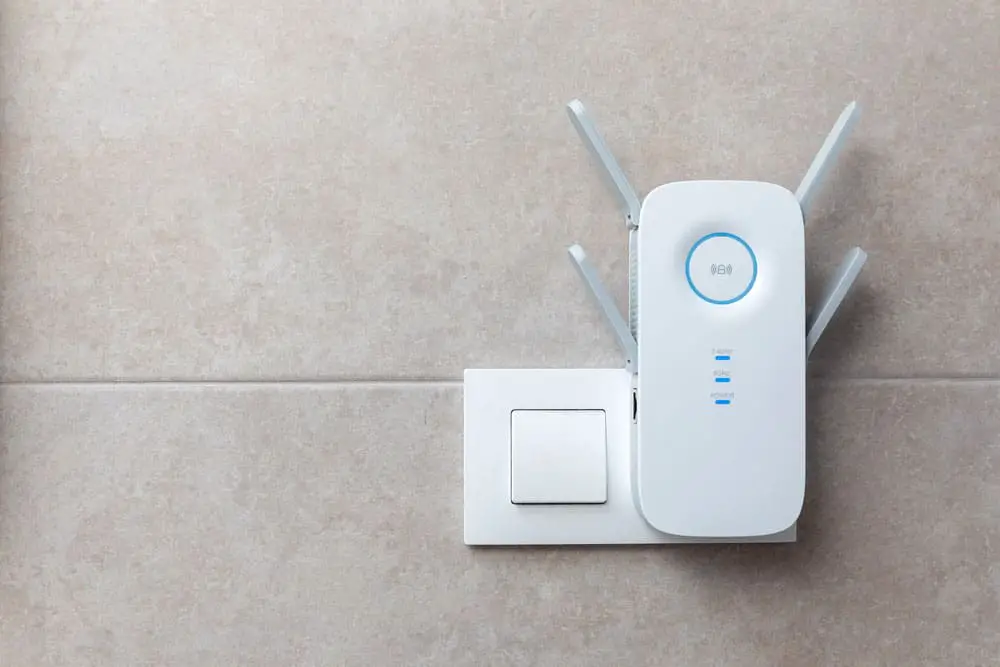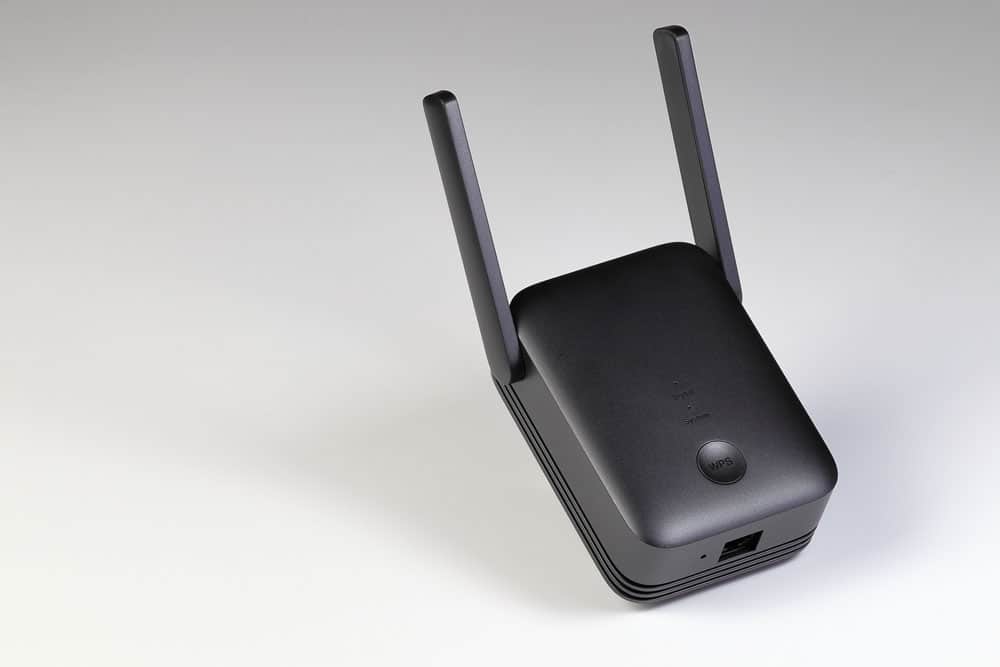Did you recently move into a new apartment and have difficulty getting a signal? Likely, your walls are concrete, and your standard router needs to be stronger for the signal to cut through the thick walls. It would be best to have a powerful router designed for concrete walls to improve wifi performance. In this article, we outline the best routers for the concrete wall.
Table of Contents
- 4 Best wifi Routers for Concrete Walls
- Features to Look For In a Router for Concrete Walls
- What to Do if You Still Experience Slow Speeds
- Conclusion
4 Best wifi Routers for Concrete Walls
Below, we outline our picks of the four best wifi routers for concrete walls and why they made it to the list.
1. NETGEAR Orbi Tri-Band
- Covers a wide space of up to 5,000 square feet
- Can support up to 25 devices
- Has tri-band connectivity
- It has a large bandwidth of 3,000 Gbps
- It’s mesh wifi-friendly
- Has QoS
- Beamforming technology
- Powerful 1Ghz dual-core processor
2. TP-Link wifi 6
- Can support up to 40 devices
- Dual-band connectivity
- Supports wifi 6 technology
- Four external antenna
3. NETGEAR Nighthawk R7000
- Can support 25 devices
- Lag-free connection
- 1GHz dual-core processor
- Beamforming technology
- Dynamic QoS
- Smart Connect technology
4. ASUS RT-AX3000 wifi 6 Router
- Covers 3000 square feet
- Can support 30 devices
- Supports wifi 6
- Dual-band connectivity
- Has QoS
- 160 MHz bandwidth
For obvious reasons, the Netgear Orbi Triband is our number one pick, but any of the above routers is great for concrete walls.
Features to Look For In a Router for Concrete Walls
A router for concrete walls has the following built-in features:
Wifi 6

(Caption: Image of wifi 6 certification)
Unlike wifi 5, which can only use up to eight streams in one transmission, a wifi 6 router can use up to twelve. This increase in the number of streams means more communication pathways available.
Also, with a maximum throughput speed of 9.6 Gbps, a wifi 6 router delivers much faster speeds than wifi 5 and 4, whose speeds are 3.5 Gbps and 600 Mbps, respectively.
Beamforming Technology
With beamforming technology, the signal gets directed toward one device instead of a signal spreading in multiple directions. That way, there’s a direct connection that’s faster and more dependable.
QoS
if your router has QoS (Quality of Service) capability, you can set it to prioritize specific applications, devices, or services within the network. That way, you can maximize the throughput and speed available. Note, however, that you must enable QoS on the router.
Dual-band or Tri-Band Connectivity
Dual-band can transmit and receive data signals on 2.4 GHz and 5 GHz frequencies. A dual-band router can select which frequency to work with or use both frequencies simultaneously. The router has two independent, dedicated networks to work with. Thus, more bandwidth and flexibility, meaning a better range. Similarly, a Tri-Band router has three separate frequencies, meaning even more bandwidth and flexibility.
Powerful External Antenna
First, external antennas help improve signal coverage. Secondly, they enable the router to connect better to all the other devices on the network, ensuring better speeds for all users.

(Caption: Image of router external antenna)
What to Do if You Still Experience Slow Speeds
Sometimes, no matter how powerful your router is, the large walls may absorb the signal, resulting in sluggish speeds. If that’s the case, the following can help boost speeds:
Mesh wifi System
Typically, a Mesh wifi system comprises a parent router and several nodes forming a blanket of the wireless signal.
Wifi Extender or Repeater

(Caption: Image of wifi Extender)
As the name implies, an Extender extends a network’s range of coverage. And the Repeater rebroadcasts or, in a sense, repeats a signal in the areas where the existing signal is weak. Undoubtedly, both of these can significantly boost sluggish speeds.

Caption: Image of wifi
Non-Foil Insulation
Believe it or not, the foil backing on some foam and fiberglass insulation can block or kill signal transmission. Therefore, if you can, it’s best to consider using non-foil insulation. A wifi Extender or Repeater should work if it’s not possible.
Conclusion
Some materials, including concrete, can negatively impact wifi signal strength and coverage. And the thicker the walls, the more the reception suffers. Thankfully, now you know the best routers for concrete walls, including what to look for in a router and what to do if you have a good router and the speeds are still sluggish.
